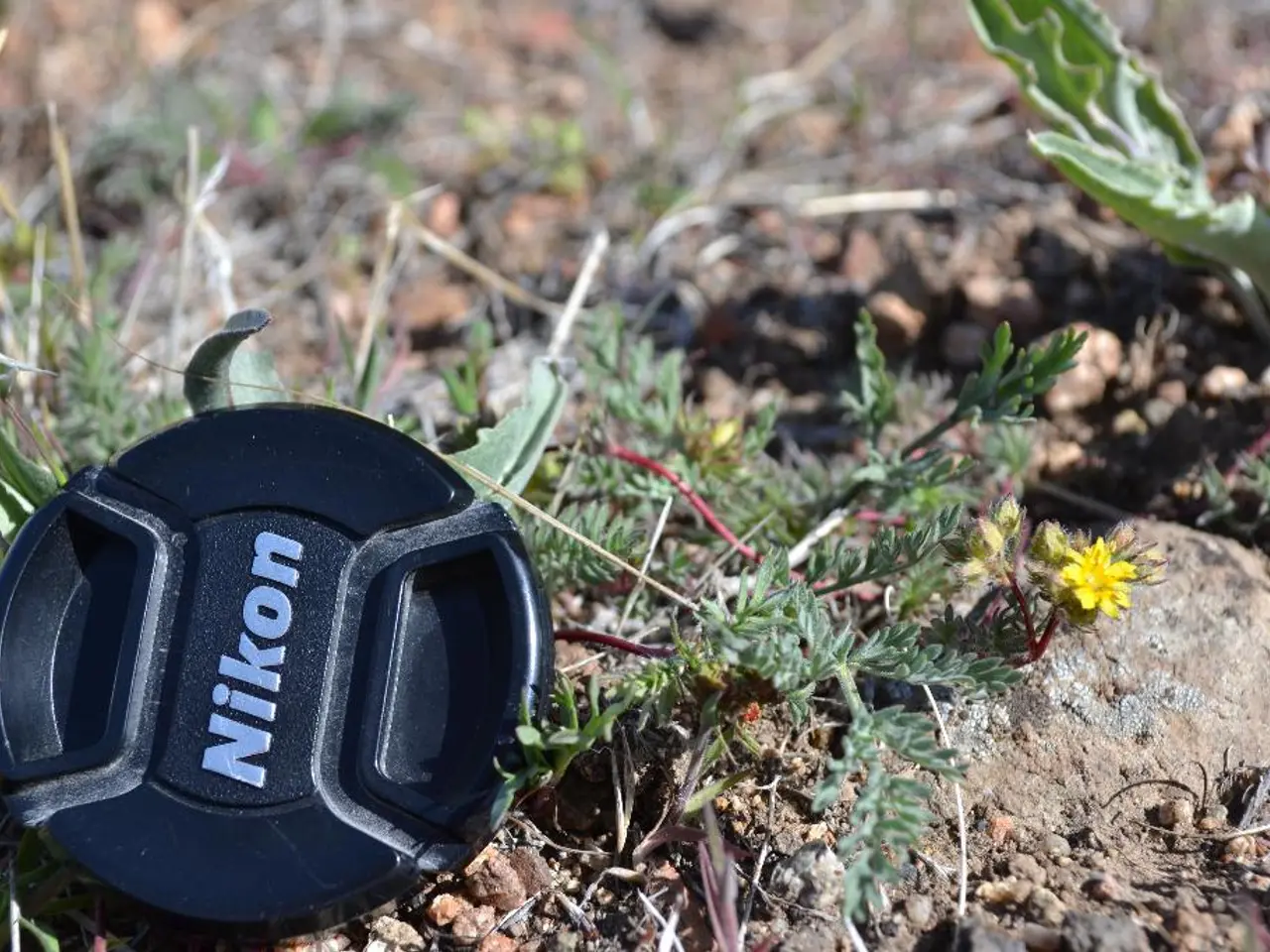Optimal Lawn Scape Timing, as Advised by Professionals – Exploring the Consequences of Premature Sc conditioning
In the UK, maintaining a healthy and beautiful lawn requires careful attention to seasonal changes. One essential lawn care task is scarifying, a process that removes thatch and moss, improves airflow to the roots, and encourages better draining. Cheryl Harper, Managing Director at Greensleeves Lawn Care, recommends scarifying a lawn during periods of active grass growth.
The best times to scarify a UK lawn are early to late spring and early autumn. These periods provide optimal conditions for quicker recovery, as the soil is generally moist and temperatures are suitable for grass growth. Specifically, scarification is ideally done when daily temperatures range between 14 and 20°C.
March and April are suggested for light scarifying before the warm weather arrives. Scarification in spring removes thatch, gets rid of moss and debris, and promotes better growth. It helps the grass recover from the intensity of the winter months and prepares it for the year ahead.
Scarifying during dry conditions or extremely hot weather can put undue stress on the grass, harming its overall health. Therefore, scarifying in summer, especially in July or during hot, dry spells, is not recommended. However, if conditions allow—for example, if there's a dry day followed by rain—it can be carefully done in summer but only lightly and with caution, ensuring the lawn receives adequate water afterwards.
In early autumn, the cooler and wetter weather aids recovery, making it an ideal time for scarification. Intensive scarifying should be conducted in autumn, between September and October. It's better to scarify when there isn't any rain forecast for a day or two after, as advised by lawncare expert Jane Dobbs.
Avoiding scarifying in the peak of summer or the dead of winter when the grass is stressed or dormant is also advised. Scarifying a frozen or waterlogged lawn can damage the grass blades and root system.
It's essential to combine scarification with other maintenance tasks such as aerating, overseeding, and fertilising a lawn to ensure the best results. Jane Dobbs advises against scarifying a wet lawn as it can damage the grass and compact the soil.
Scarifying a lawn is a necessary lawn care task to keep grass healthy throughout the year. In the UK, scarifying a lawn is typically recommended once or twice a year, usually in the spring and autumn, according to Peter Chaloner, the Managing Director of Cobra, a leading brand of garden machinery in the UK.
Following these guidelines can help homeowners maintain a healthy and attractive lawn, contributing to a beautiful garden and a pleasant outdoor living space.
- Cheryl Harper, Managing Director at Greensleeves Lawn Care, recommends that scarification should be done when daily temperatures range between 14 and 20°C.
- Scarifying a lawn is a necessary lawn care task that homeowners can do once or twice a year, usually in the spring and autumn, as advised by Peter Chaloner, the Managing Director of Cobra, a leading brand of garden machinery in the UK.
- A healthy and attractive home lawn can be achieved by combining scarification with other maintenance tasks such as aerating, overseeding, and fertilising, as advised by lawncare expert Jane Dobbs.
- Home-and-garden enthusiasts who enjoy gardening activities like scarification are contributing to a beautiful lifestyle that enhances their home-and-garden, providing a pleasant outdoor living space.





